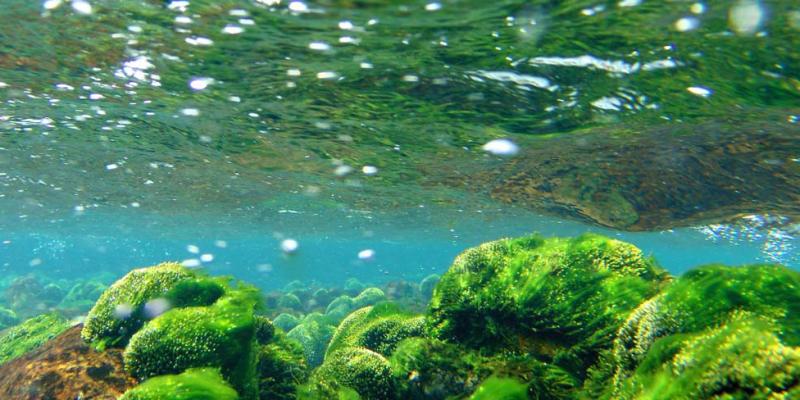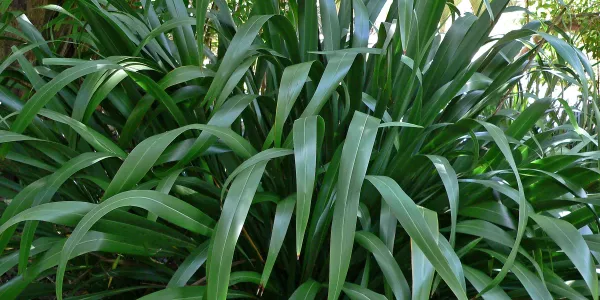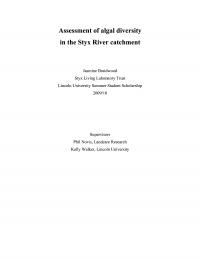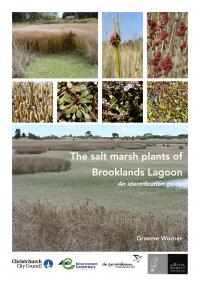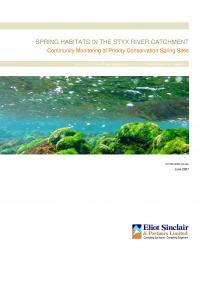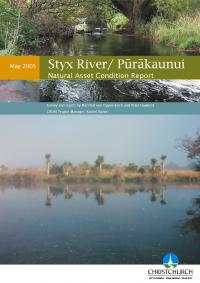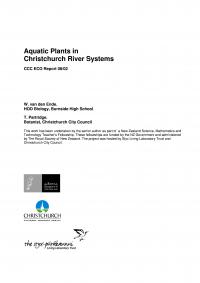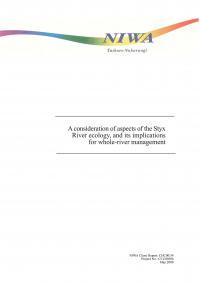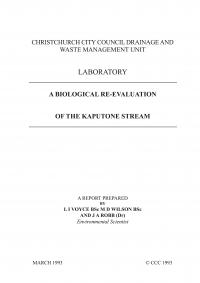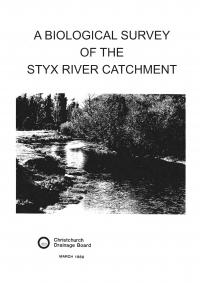Aquatic Plants
An aquatic plant is a term used to describe vegetation that grows in water. These plants are often referred to as ‘macrophytes’. There are three types of macrophytes:
- Submerged macrophytes -
plants that never grow above the surface of the water, e.g. oxygen weed - Emergent macrophytes -
plants that can grow above the surface of the water and are often seen growing along the sides of waterways, e.g. water cress - Floating macrophytes –
plants that do not grow out of the ground but float on the surface of the water; usually only found in slow flowing areas such as ponds or the side of streams, e.g. duck weed - Algae is also another type of plant likely to be found in waterways. These plants are membrane-bound nuclei one-celled or multicellular plants without true stems, roots or leaves. Algae may be attached to structures, rocks or other submerged surfaces and provide food for fish and small aquatic animals.
Why are aquatic plants measured?
Native macrophytes and algae play an important role in the ecosystem of a stream, providing both habitat and food for aquatic animals.
Additionally macrophytes and algae produce oxygen during sunlight hours, and use up oxygen during the night hours. As a consequence this affects the level of dissolved oxygen in the water over the course of a twenty-four hour period. Macrophytes and algae are dependent on sunlight and the amount of nutrients in the water for growth. Some plants will die down over winter, whereas others will continue to grow throughout the whole year.
Because of the effect they can have on the environment of a stream, it is important to monitor both macrophytes and algae as some introduced species of macrophyte are classified as noxious weeds, for example, egeria. (Provide link here to Styx Newsletter Issue 4 February 2001 - Invader from the North Island story) Whether native, or introduced, excessive filamentous algae, or macrophyte growth, can become a problem as it is usually fast growing and difficult to eradicate. Such growth can quickly choke a waterway restricting the movement of fish, slowing water velocity and lowering dissolved oxygen levels in the water. It is often the cause of significant recreational, ecological and drainage problems. Therefore large algal blooms are usually regarded as an indication of stream degradation.
The variety of aquatic plants is determined visually using a system known as the “Wolman Walk”. This method is also used when collecting data regarding Streambed Substrate, and it is therefore possible to record both types of information during the one data collecting “Walk”.
As the purpose of collecting data is to observe changes in aquatic vegetation, it is important to ensure that the exact same site is used on each occasion monitoring takes place. This can be done either by using a GPS unit to ensure accuracy of location or by marking out the site with marker pegs. Photographs of landmarks taken on earlier visits can also assist in ensuring that data is being collected from the same site each monitoring visit.
- Working in pairs, one person enters the stream at the downstream boundary of the predetermined 10 metre monitoring site.
- This person begins to wade upstream in a zigzag pattern stopping at every second step to observe any aquatic plant growth that may be in the vicinity of the big toe of the right foot.
- It is possible to record more than one organism category at any one point; for example, filamentous algae may be found growing on a submerged macrophyte. In such a case the presence of both aquatic plants is recorded.
- Using the categories as listed in the list below the relevant type of vegetation is relayed verbally to the second person located on the bank of the stream and that person is responsible for recording the data.
The aim is to take about 200 steps across the 10 metre site, resulting in 100 recordings being taken.
- On reaching the 10 metre peg count up the number of recordings made. If the recordings total more, or less, than 100, convert the result to a percentage of 100.
Organic Type of Aquatic Plant & their Size Categories
Filamentous Algae
Long, thin strands, about the thickness of human hair
Slime
An obvious, thick slimy layer over the surface of the stream bed
Moss
Generally small and low growing, attached to stones
Submerged Macrophyte
Only growing within the water column, never above the surface of the water
Emergent Macrophyte
Species growing above the surface of the water, often growing out from the stream margins


